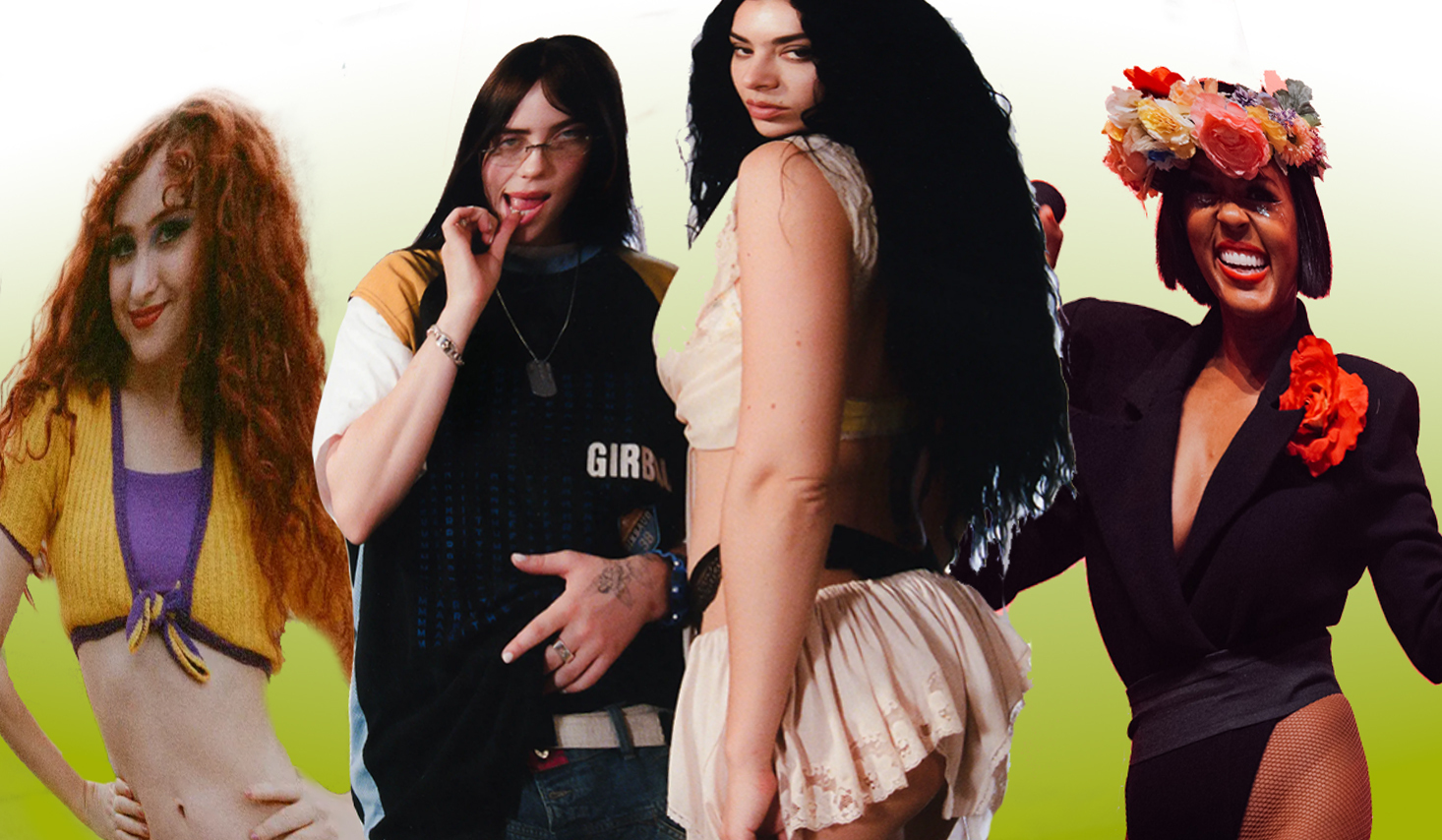
The lime green hues, the low-res font… Brat aesthetics have defined this year’s summer, infiltrating social media feeds, fashion and culture. The so-called “Brat Summer” has reached across the pond, and even into the White House, after Charli XCX declared on Twitter/X: “Kamala IS brat.” But Brat isn’t just an ironic, viral trend, it symbolises something more; the queer pop revolution is here.
For centuries, much of queer culture and music has existed on the fringes of society; hidden from view, on secret dance floors and underground venues. But the tide has turned. In a similar vein to Sylvester and Village People taking disco from discreet dance halls to established nightclubs, Charli has brought hyperpop from the outskirts to the top of the charts.
The success of Brat’s rebellious, maximalist and electroclash sound and its subversion of pop conventions is a testament to the fact that the queer music really has gone mainstream. Charli is unapologetically and authentically herself, a theme that is synonymous with Pride. She defies what society expects of her (just take a look at the music videos for ‘360’ and ‘Von Dutch’), which is perhaps why she has grown a strong affinity with the queer community.
I was even hosting a party recently (in my £2 green swimming trunks with Brat scrawled over them in Sharpie, hope you approve Charli?) and my friend said they loved the gay-nightclub-style playlist that was on. But it wasn’t a queer playlist… it was the Top 40.
Queer artists like Billie Eilish, Lil Nas X and Chappell Roan are now so prevalent that their music has seamlessly blended into the charts. Like Charli, Chappell Roan is an artist who started on the margins of the music industry. Initially, she was dropped by her record label after the original release of the now incredibly successful ‘Pink Pony Club’, an anthem inspired by Chappell’s first visit to a gay club, before rapidly breaking through to the mainstream to become one of the biggest up-and-coming artists of 2024. Chappell’s story is emblematic of the rise of queer culture, bursting from the shadows to take centre stage in modern society.
Finally, after centuries of being shunned, there’s been a cultural shift. Sapphic representation, thanks to Chappell, Janelle Monáe, KEHLANI, SZA, Rina Sawayama and Billie Eilish, to name a few, is at an all-time high in music, fashion and culture, so much so that it’s even be coined the”‘lesbian renaissance”. Queer-coded aesthetics have been embraced by the majority (see: the widespread reappearance of the mullets).
Queer men such as Lil Nas X and Troye Sivan have also been making waves in the charts, with the music videos for Sivan’s ‘Rush’ and Lil Nas X’s ‘MONTERO (Call Me By Your Name) unapologetically showing queer love.
Speaking to a friend recently, we discussed how amazing it is that queer identity is being reflected in fashion and culture and is dominating the charts, like a sonic queer utopia.
But, at the same time, we couldn’t help but feel that there was a huge contradiction: LGBTQIA+ people still don’t all feel safe, accepted or like we belong. Trans rights are under threat, queer asylum seekers are in danger during a process that’s supposed to ensure their safety, and LGBTQIA+ inclusive education is being weaponised in politics and the media. Of course, I’m happy that our community and culture are being celebrated in mainstream pop and long may that continue, but the work to achieve LGBTQIA+ equality is far from over.
Let’s ensure that the queer utopia we see and hear in pop music, is reflected in the world around us.
Michael is an ambassador for Just Like Us, the LGBTQIA+ young people’s charity. LGBTQIA+ and 18-25? Sign up now!



